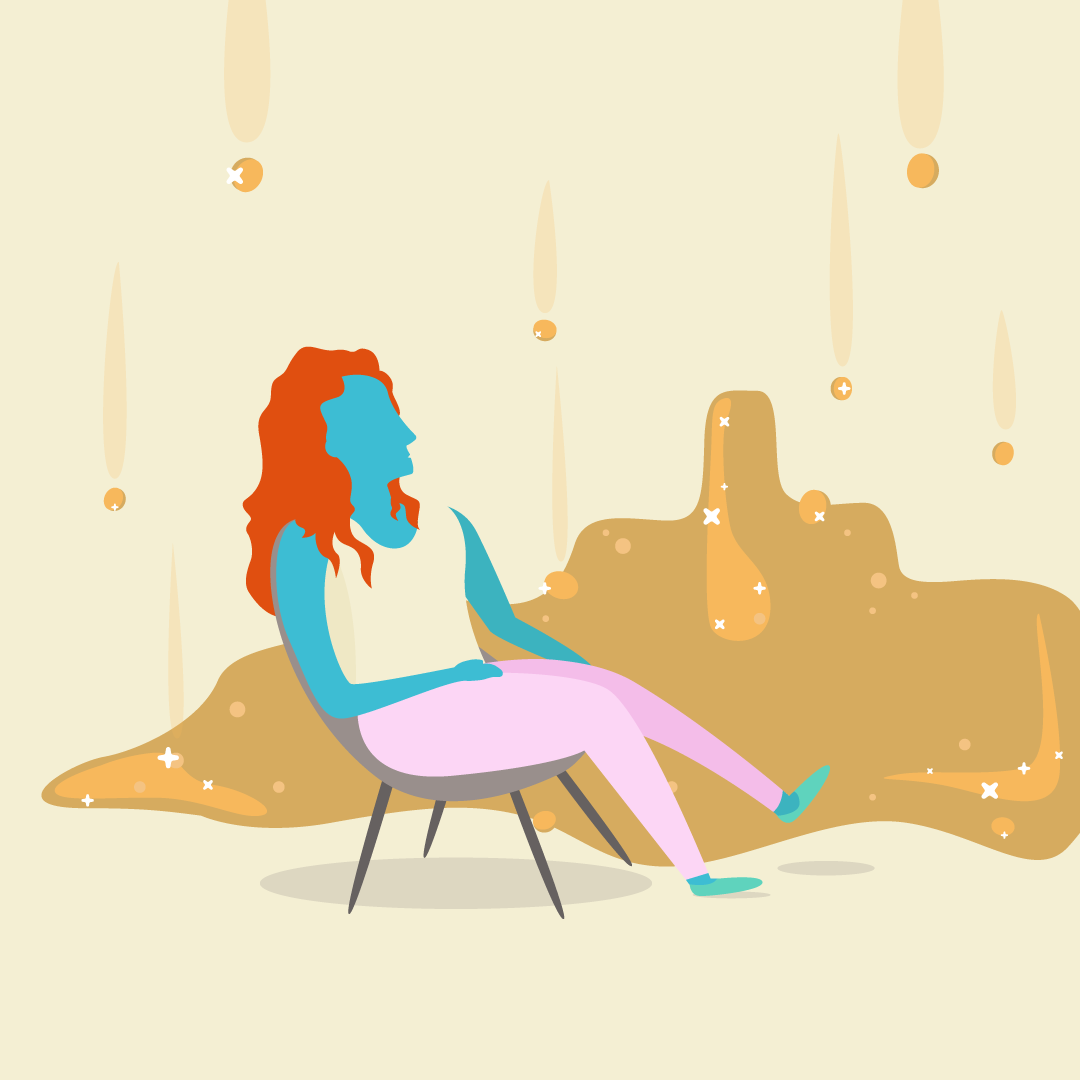Work For Money, Design For Love
Some might recognise this as the title of David Airey's book. I can't remember when I first heard this phrase but I often see it as a call to action for designers. But I like it. It sounds right.
The most important thing for creative individuals is that we find a space and a reason to create. Above all things creating is the most important part for me, the part that provides a feeling of satisfaction and makes me dream and hope.
Working...yeah that's cool. Even better if your work is something you enjoy but increasingly I feel that it’s the creative habits and development of craft in free time that are long term indications of success. This happens at work, but in my experience it happens quicker (and means more) when you’re not on task. I don't mean hate your job - do not do that. But I do think the creative things you do outside the 9-5 speak greater volumes about your values and worth as a creative.
I was reading recently an article by Cal Newport in the 99U book Maximise Your Potential and he has an interesting idea, he states "The systematic development of skill...almost always proceeds passion" he's describing how development of craft, learning a unique skill or a skill to a better level is a better identifier of individuals whose work will closely align with their passion and working lifestyle goals.
I like that idea and it fits well with "Work for money, design for love". A regular income is what people need to live but what you do outside of that is a clear signal of your intentions and priorities.
Work for money...design for love
Ways of interpreting "Work for money, design for love" (like any phrase it can mean so many things to different people).
Start a side hustle/side project - Collaborate with other creatives or start chipping away at a bigger project that's going to bring you joy.
Making a change doesn't have to be perfect - Creatives can fixate on moving to a ‘perfect’ job, but often any change is so revitalising that waiting for things to be perfect could be wasting time whilst you stagnate. Passion projects can help you revitalise your creativity and get more from your current role.
New skills - Free time is great for developing your skills; you're fully in control and you can go to your own pace and enjoy the learning process. Many times I’ve had an “a-ha” moment learning some simple but super-useful shortcuts.
Focus on the long term - Let yourself enjoy the comfort and support of a job, enjoy the labours in your spare time and keep your mind attuned to growth and realising a long term plan.
You always need to design for love. But sometimes creativity can ebb and flow (and the ebbs might last for years) and that’s okay. Designing for ‘love’ will always remain an option.
Other stuff
I just concluded my 365 day design project so at the moment I feel particularly strange. The desire to create still remains and it feels weird not too. But equally I feel like life naturally fills in the void. But, I didn't expect not designing daily to be a monumental change as its only a small change in my overall habits.
As I'm flipping through Instagram or just going about my life I do keep getting flashes of ideas and mini projects to try; which is great. A part of me was a little worried that my creativity might dry up if I stopped creating each day but I prefer to think of it as a healthy pause.
